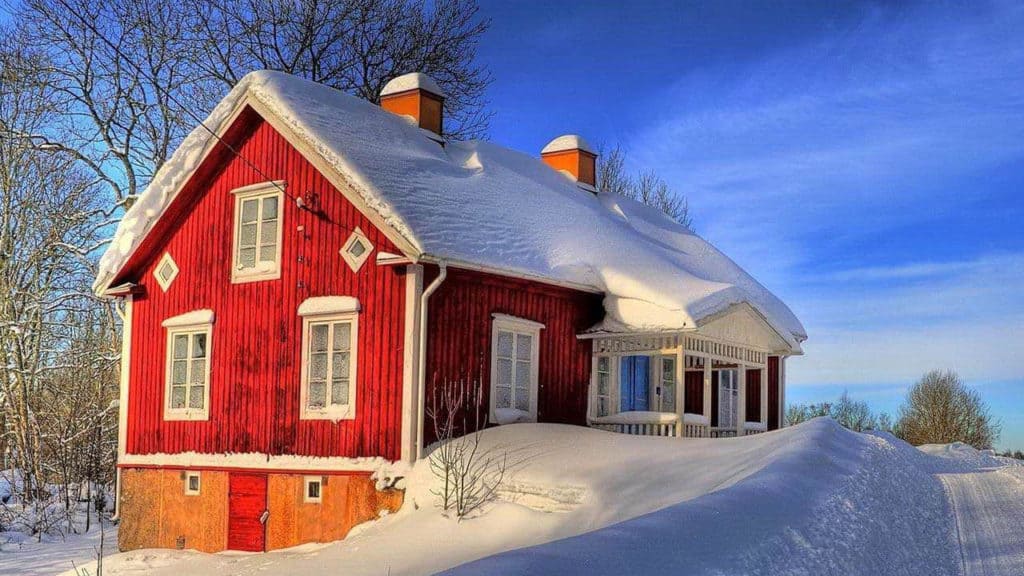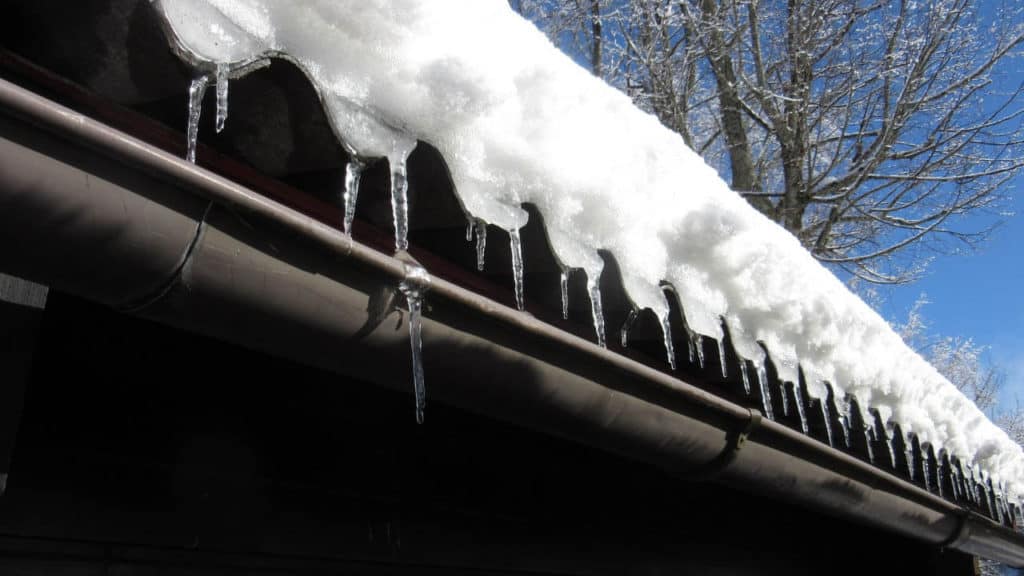Winterizing your roof is one of the most important methods of ensuring winter does not get you off guard. If you have dealt with ice dams before, then you know the cold weather does not joke around. The easiest way would be to hire a professional roofing company for a thorough roof inspection (we will expand on this later).

What is Winterizing
Winterizing is a term used to describe the process of preparing a roof for the cold weather season. Every homeowner in San Antonio knows you must be ready when winter arrives. The idea is to keep your roof and entire home from the freezing temperature and unnecessary repairs or from spending too much on utility bills during winter months.
The process involves taking proactive measures to ensure that everyone working or living under your roof is protected from extreme weather. Winterizing is all about protecting your roof and doing everything to avoid significant damage. You will reap so many other benefits from such action.
Top 3 Wintering Tips for your Roof
Knowing your roof is safe when winter hits are pretty satisfying. You never have to worry about what will happen when snow sticks to the roof.
There are many to do this. Here, we have picked three primary methods that summarize everything.

- Get A Professional Roof Inspection
No one enjoys a leaky roof in the winter weather. It can significantly damage the ceiling and artic as mold begins to grow there. You need someone to inspect the roof visually and recommend the necessary roof repair projects. It’s important to get all your roof repair needs to be done before the winter season begins because it becomes harder and more expensive to do anything.
A winter roof checkup should come in the middle or towards the end of spring. It’s much easier to fix problems seen on your roof so that you don’t suffer when winter hits. Note that even the smaller issues can grow into serious problems. You need to get your roof ready.
Investing in a regular checkup is an excellent way to catch small concerns and deal with them as they come. You cal also choose to check the roof during fall when roofers are less busy after handling emergencies and reroofing projects all summer.
Hence, you can be sure the roofer you hire will have time to bring your roof to tip-top condition. You can easily get a free or low-cost inspection as then seek for business.
When you call a roofing company, expect them to look at the whole roof from the ground. And if you decide to do DIY, ensure top-notch ladder safety and have all the right tools at hand.
The main points to check include the following:
- Shingles: Are there any missing shingles? Do you see damage on improperly installed ones? The inspector should give a detailed report here.
- Valley: An ice dam can quickly fill the roof valleys and block water flow. The roofer will inspect every part to prevent damage.
- Attic ventilation: This part of the roof must be in tip-top shape when winter comes. An inspection will reveal the smallest issues and assure good performance.
- Signs of damages: A properly insulated roofs keep your home warm during the cold months. Take advantage of the inspection to get any problem fixed.
Other areas to check are gutters and the sealant. Then, get professional help for anything part that might need repairs. It’s better to make this small investment now and avoid more significant expenses later.
- Check For Vulnerabilities and Risks
Are there any tree branches hanging over your roof? That is a risk and you need to trim them off immediately. Snow is heavy and may weigh them down over your roof, possibly affecting it structurally. It could also make snow removal much harder.
Trim the branches way ahead of winter to keep you and your family safe. The general rule is never to have any tree branches hanging over your home. If you can’t do it yourself, hire someone with experience and proper knowledge.
It’s also advised to remove snow as soon as possible. Ice becomes too heavy when left for too long. Ensure any thin layer is removed immediately.
Use a professional to check shingles and flashing for signs of damage. They can also look at any pest damage and similar issues to ensure the whole house is in good condition.
- Ensure The Drainage System is in Good Shape
As a homeowner, it’s crucial to check your gutters and gutter guards before winter. Most people assume that clogged gutters only come when leaves are falling. As much as that is true, do not the chances of waiting until winter comes.
Regular cleaning of gutters is necessary. You may know what the previous weather did to them or what is hiding in that could block them. Water pooling and heavy snow will bring down weak gutters, and that will mean extra costs for you.
Check the downspout and get rid of any debris inside. This will allow the melting ice to flow down smoothly, releasing the pressure from the roof.
The goal is to have a perfectly functioning water drainage system. You will have an easier time removing snow from the roofs if the gutters and every other aspect are in good condition.
Now you are ready for winter. These top 3 tips for winterizing your roof carry everything, including pest control, insulation, roof safety, and ventilation.
